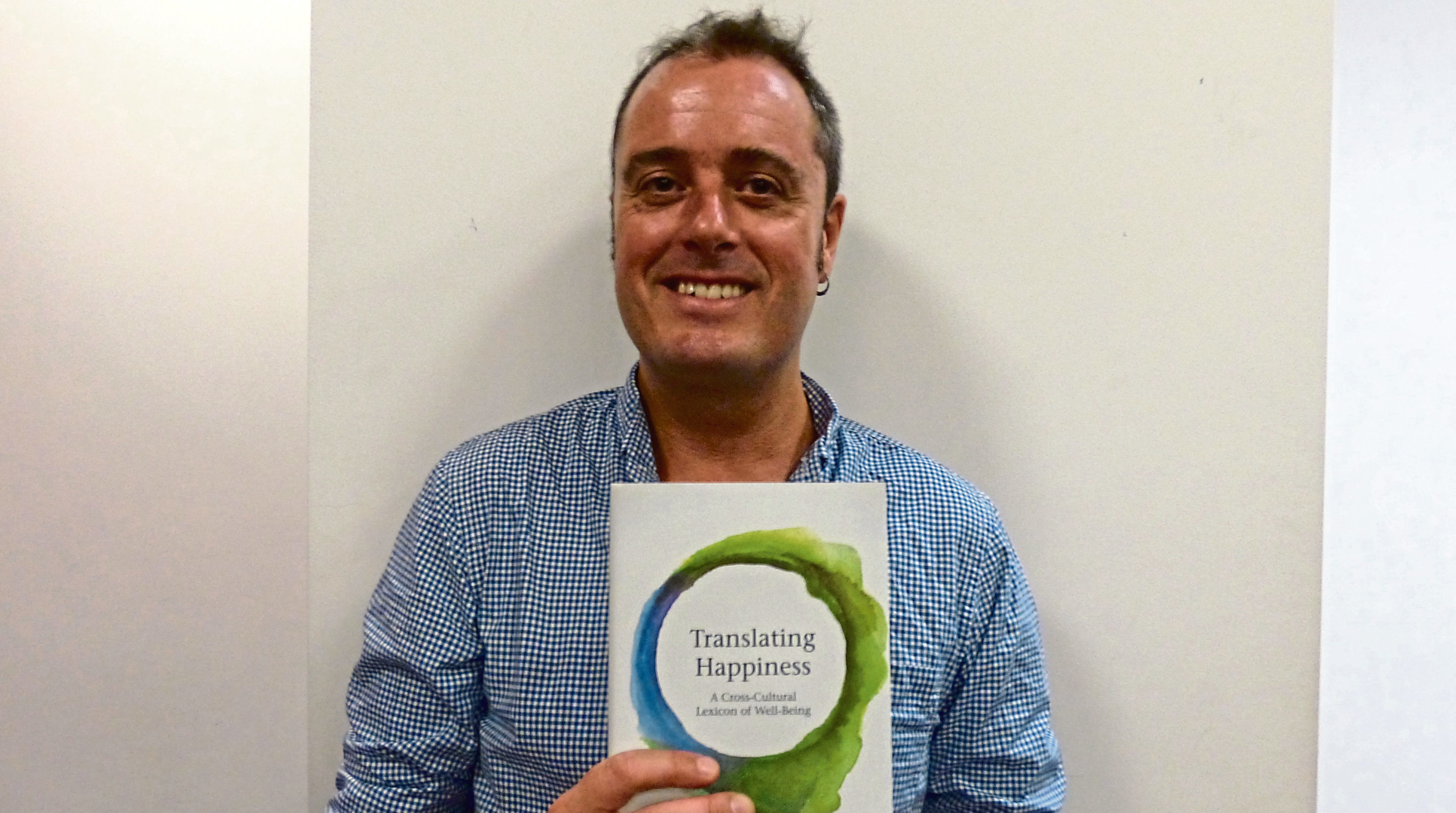
IN The Happiness Dictionary, wellbeing psychologist Dr Tim Lomas has compiled ‘untranslatable’ words that describe happiness.
He tells Laura Smith the Honest Truth about how understanding other cultures’ concepts of joy and well-being helps us reshape our own.
What is The Happiness Dictionary?
The happiness dictionary is an exploration of more than 100 “untranslatable” words relating to well-being. I’ve been collecting these for three years with people around the world offering suggestions.
What inspired the project?
I heard a talk in 2015 on “sisu”, a Finnish term for a form of extraordinary courage and determination.
This quality is at the heart of Finnish culture and identity but the speaker emphasised all people could cultivate and relate to it.
I figured most languages probably have similarly interesting and valuable words. The book is an in-depth exploration of more than 100 of these words.
Why do we need more terms for happiness?
The word is like a huge umbrella that covers many different feelings and experiences but doesn’t necessarily capture the aspect of happiness we might have in mind.
Happiness is like a kaleidoscopic rainbow, one that’s enhanced by all these different strands and dimensions of happiness that complement each other to create an overall sense of well-being. For example, the difference is vast between the happiness you might get from a nice cup of coffee and the happiness of meeting one’s soulmate.
It can be useful to differentiate this notion of happiness into more specific types.
There are certain things such as feelings which have not been identified in English but have in other languages, as indicated by an untranslatable word (which lacks an exact equivalent in our own language).
What benefit does knowing all these “untranslatable words” have?
These different terms can help us give voice to feelings with which we may already be vaguely familiar, but previously struggled to put into words. In doing so, we’re better able to identify, understand, remember, articulate, discuss and manage such feelings.
These words might also invite us to experience new kinds of feelings; for instance, if a word signifies an experience which we haven’t already had, the word can encourage us to seek or cultivate that experience.
Can you give us some examples?
Of all the untranslatable terms, few are as widely known as “hygge”, the Danish idea of a deep sense of warmth, cosiness and contentment. The French have the ability to savour and enjoy life, as reflected in terms like “joie de vivre” and “savoir-faire”.
The Italian word “fiero” means a justified pride in one’s achievements; “utepils” is Norwegian for a beer that is enjoyed outside, particularly on the first hot day of the year.
“Dadirri” is Australian Aboriginal and means “a deep, spiritual act of reflective and respectful listening”.
And “Eduaimonia” is a great all-encompassing Greek term for living life to the full, being content with your lot and being a good person while always striving to be a better one.
How can we live happier lives?
Much research in positive psychology is essentially just confirming what many people already intuitively know.
Try to cultivate your relationships and appreciate their importance, find an occupation or pastime that has some sense of meaning and purpose for you, make time for self-reflection and meditation and take care of your body through exercise and healthy eating.
But most important is self-compassion.
Don’t beat yourself up if you feel like you’re failing. We’re all flawed human beings and can only try our best.
The Happiness Dictionary by Dr Tim Lomas is published by Piatkus

Enjoy the convenience of having The Sunday Post delivered as a digital ePaper straight to your smartphone, tablet or computer.
Subscribe for only £5.49 a month and enjoy all the benefits of the printed paper as a digital replica.
Subscribe